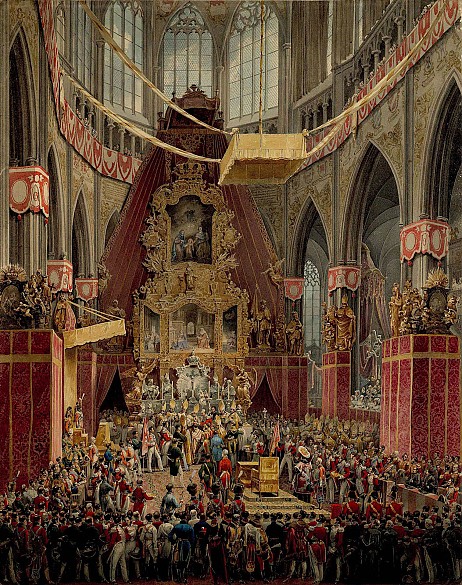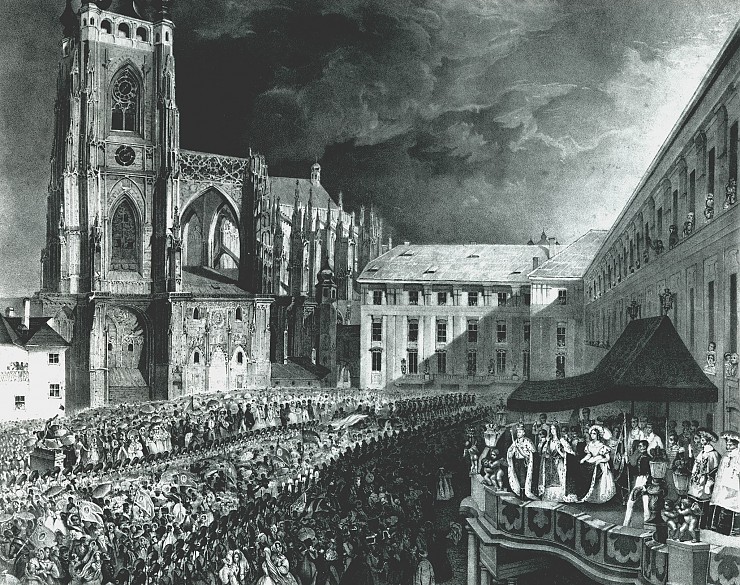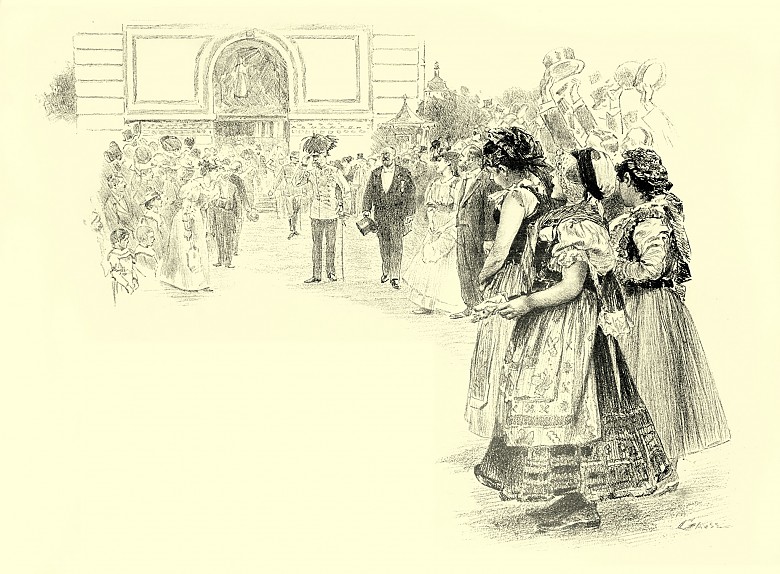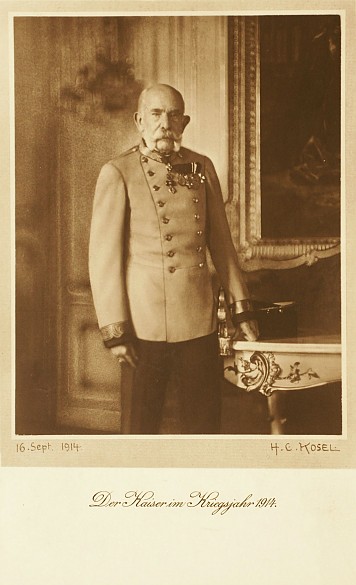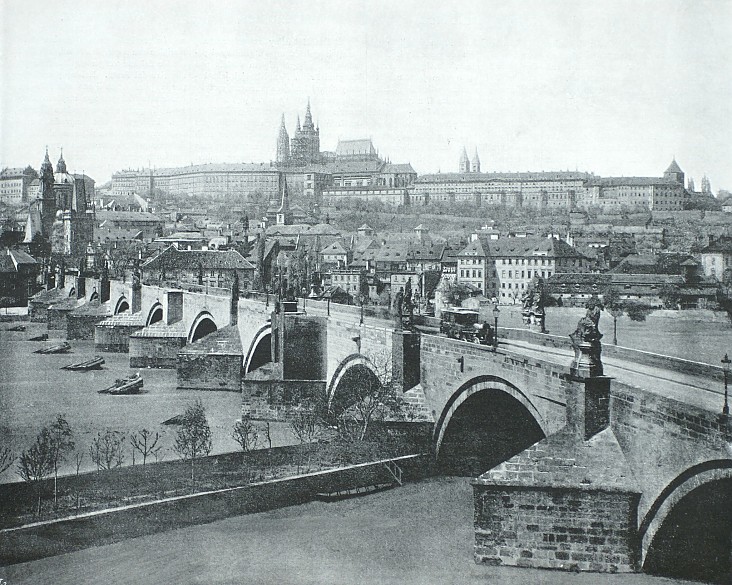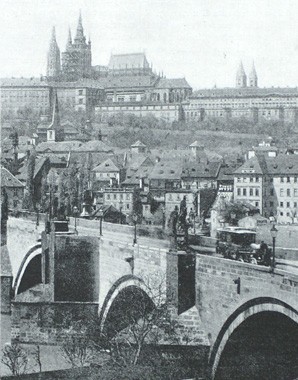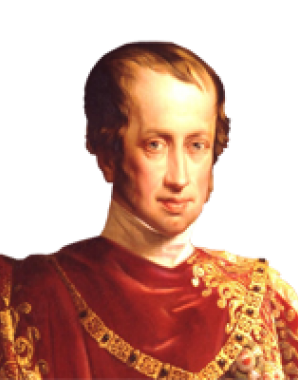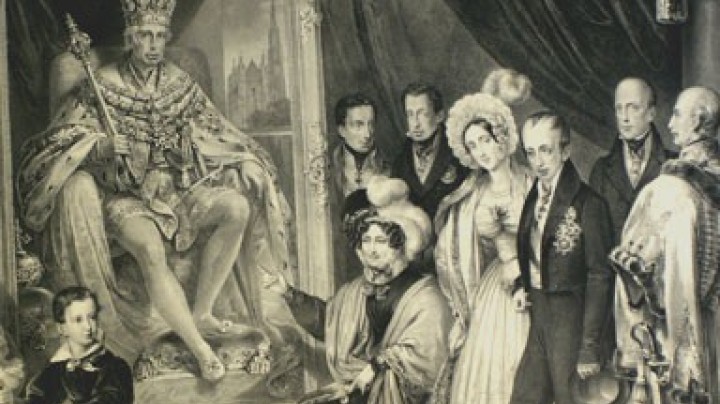‘When Bohemia still belonged to Austria …’
The above words from a sentimental song make the latter years of Habsburg rule appear as halcyon days. And indeed, some members of the Habsburg family were perceived in a different light on their Bohemian throne on the Vltava than on the Danube.
In 1848, a change of power took place in the house of Habsburg, when Emperor Ferdinand I abdicated in favour of his young nephew Franz Joseph. Ferdinand, whose coronation as king of Bohemia constituted the last such ceremony held at St Vitus Cathedral in Prague, had a special connection with Prague, since Franz Joseph and Karl I dispensed with a formal coronation. Ferdinand, who in Austria tended to be perceived as an unfortunate anomaly in the house of Habsburg, now resided far from high politics in Hradčany, the Castle District of Prague, and in his rambling Bohemian estates around Reichstadt, until in 1875, highly revered, he died at the advanced age of 82.
The ex-emperor, often portrayed as incapable, evolved an astonishing skill at multiplying his assets. While he had waived his right to the imperial throne, he did not dispense with his private imperial fortune. As a result, Franz Joseph had to battle with huge financial problems; he was now the head of the family, but had scarcely any disposable private assets. Thus he had no choice but to make frequent clandestine begging trips to his wealthy uncle in Bohemia. Here, Ferdinand, as a result of his charm and good nature, became very popular, no doubt also in reaction to Franz Joseph’s authoritarian style of rule.
Emperor Franz Joseph too was considered in Prague as a symbol of the late splendour of Habsburg rule, even though from a Czech perspective, this was tainted by the failure of the Bohemian Compromise in 1871 (modelled on the Hungarian Compromise of 1867). In Bohemia, he was jokingly referred to as ‘the old Procházka’; upon a visit to Prague the newspapers published a photograph in which Franz Joseph could be seen taking a walk across one of the bridges over the Vltava, with the caption in Czech: ‘Procházka na mostě’ (‘Walk on the bridge’). ‘Procházka’ means ‘walk/stroll’, but at the same time is also a common surname, and here alludes to the petit-bourgeois, scrupulously meticulous lifestyle of the ageing emperor.
After 1918, a fresh wind blew through the Castle District. President Tomáš G. Masaryk instructed architect Josip Plečnik to redesign the old royal castle as the official seat for the president of the newly-founded Czech Republic, with the skilful addition of modern constructional elements.
